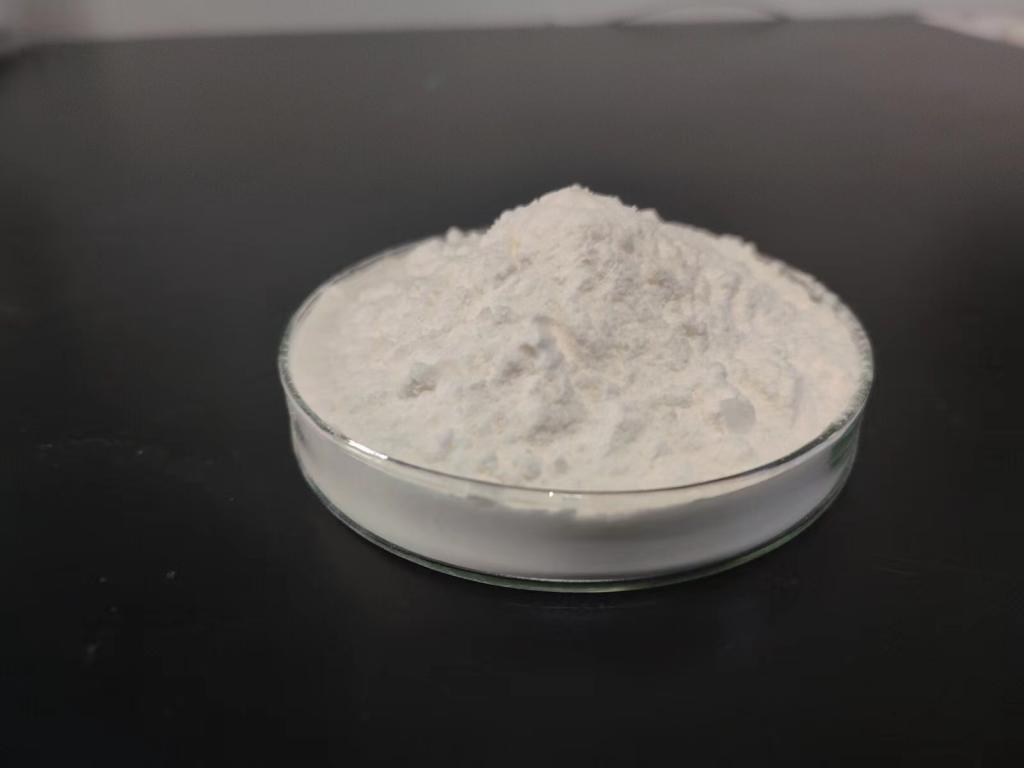Tel:0086 18231198596

News
ε-Polylysine Hydrochloride: A Key Player in the Evolution of Antimicrobial Resistance Strategies
TIME:2024-01-18
1. Antimicrobial Resistance: A Global Health Crisis:
Antimicrobial resistance (AMR) has become a pressing global health crisis, threatening the effectiveness of antibiotics, antivirals, antifungals, and other antimicrobial agents. The overuse and misuse of these drugs, both in human healthcare and agriculture, have accelerated the development of resistant strains of pathogens. This poses a significant threat to our ability to treat infections, increases healthcare costs, and endangers lives.
The World Health Organization (WHO) and other international bodies have recognized AMR as a critical issue requiring urgent attention. The search for novel antimicrobial agents with unique mechanisms of action and lower likelihood of resistance development has become a priority.
2. Traditional Antimicrobial Agents: A Double-Edged Sword:
Traditional antimicrobial agents, including antibiotics, have played a pivotal role in saving countless lives and improving public health. However, their widespread and often indiscriminate use has led to the evolution of resistant strains of bacteria, viruses, and fungi. The misuse of antibiotics in agriculture, where they are used for growth promotion and disease prevention in livestock, further contributes to the spread of resistance.
The rise of multidrug-resistant pathogens and the emergence of "superbugs" that are resistant to multiple classes of antibiotics underscore the urgency of finding new approaches to combat microbial infections.
3. ε-Polylysine Hydrochloride: Nature's Solution to Antimicrobial Resistance:
ε-Polylysine hydrochloride, a natural antimicrobial peptide, offers a unique and promising solution to the challenges posed by antimicrobial resistance. Produced through microbial fermentation, ε-Polylysine is composed of lysine residues linked by ε-amide bonds, forming a linear chain with positively charged amino groups. This unique structure and mechanism of action differentiate ε-Polylysine from traditional antimicrobial agents.
4. Mechanisms of Action and Selective Antimicrobial Activity:
ε-Polylysine hydrochloride acts by disrupting microbial cell membranes through electrostatic interactions. Its positively charged structure enables it to selectively target microbial cells while sparing mammalian cells. This selective antimicrobial activity minimizes the impact on the human microbiome and reduces the risk of toxicity associated with traditional antimicrobial agents.
Furthermore, ε-Polylysine has shown efficacy against a broad spectrum of microorganisms, including bacteria, fungi, and some viruses. Its ability to combat a diverse range of pathogens positions it as a versatile and powerful tool in the fight against antimicrobial resistance.
5. Resistance Development: A Lesser Concern with ε-Polylysine:
One of the significant advantages of ε-Polylysine hydrochloride is the lower likelihood of resistance development. Its unique mechanism of action, targeting microbial cell membranes, makes it challenging for pathogens to develop resistance through traditional mutation-based mechanisms. The lack of a specific binding site reduces the selective pressure that often drives the evolution of resistance.
Studies have shown that ε-Polylysine maintains its effectiveness even against strains of bacteria that have developed resistance to conventional antibiotics. This resilience makes it a promising candidate for inclusion in antimicrobial stewardship programs aiming to curb the spread of resistant strains.
6. Applications in Healthcare: A Potential Game-Changer:
In healthcare settings, ε-Polylysine hydrochloride could serve as a game-changer in the battle against antimicrobial resistance. Its effectiveness against drug-resistant pathogens, combined with its low toxicity to human cells, positions it as a viable option for treating infections that are challenging to manage with traditional antibiotics.
Research into the formulation and delivery methods of ε-Polylysine for medical applications is ongoing. If successful, ε-Polylysine could offer a new paradigm for antimicrobial therapy, providing clinicians with a powerful tool that mitigates the risks of resistance development.
7. Agricultural Applications: Addressing Antimicrobial Resistance in Farming:
In agriculture, where the use of antibiotics in livestock has been a significant contributor to antimicrobial resistance, ε-Polylysine hydrochloride presents an eco-friendly alternative. Its application in animal feed for disease prevention and growth promotion has shown promise in several studies.
By reducing the selective pressure for resistance development, ε-Polylysine could contribute to more sustainable farming practices. Additionally, its biodegradability and low toxicity make it an environmentally friendly option compared to traditional antimicrobial agents.
8. Future Directions: Harnessing ε-Polylysine for Sustainable Antimicrobial Strategies:
The future directions of antimicrobial resistance strategies involve harnessing the full potential of ε-Polylysine hydrochloride. Ongoing research aims to optimize its formulations, explore novel delivery methods, and investigate its efficacy against a wider range of pathogens.
Collaboration between researchers, healthcare professionals, veterinarians, and policymakers is essential to integrate ε-Polylysine into antimicrobial stewardship programs. This includes addressing regulatory considerations, developing guidelines for responsible use, and educating healthcare providers and farmers about the benefits of this natural antimicrobial peptide.
9. Conclusion: ε-Polylysine Hydrochloride as a Vanguard Against Antimicrobial Resistance:
In conclusion, ε-Polylysine hydrochloride stands as a vanguard in the evolution of antimicrobial resistance strategies. Its unique properties, including selective antimicrobial activity, lower likelihood of resistance development, and minimal impact on the human microbiome, position it as a key player in the quest for effective and sustainable solutions.
As the global community grapples with the consequences of antimicrobial resistance, ε-Polylysine offers hope for a future where microbial infections can be managed effectively without exacerbating the problem of drug resistance. The ongoing research and collaborative efforts will pave the way for the responsible and impactful integration of ε-Polylysine hydrochloride into healthcare and agriculture, marking a significant milestone in the fight against antimicrobial resistance.

 CONTACT
CONTACT




